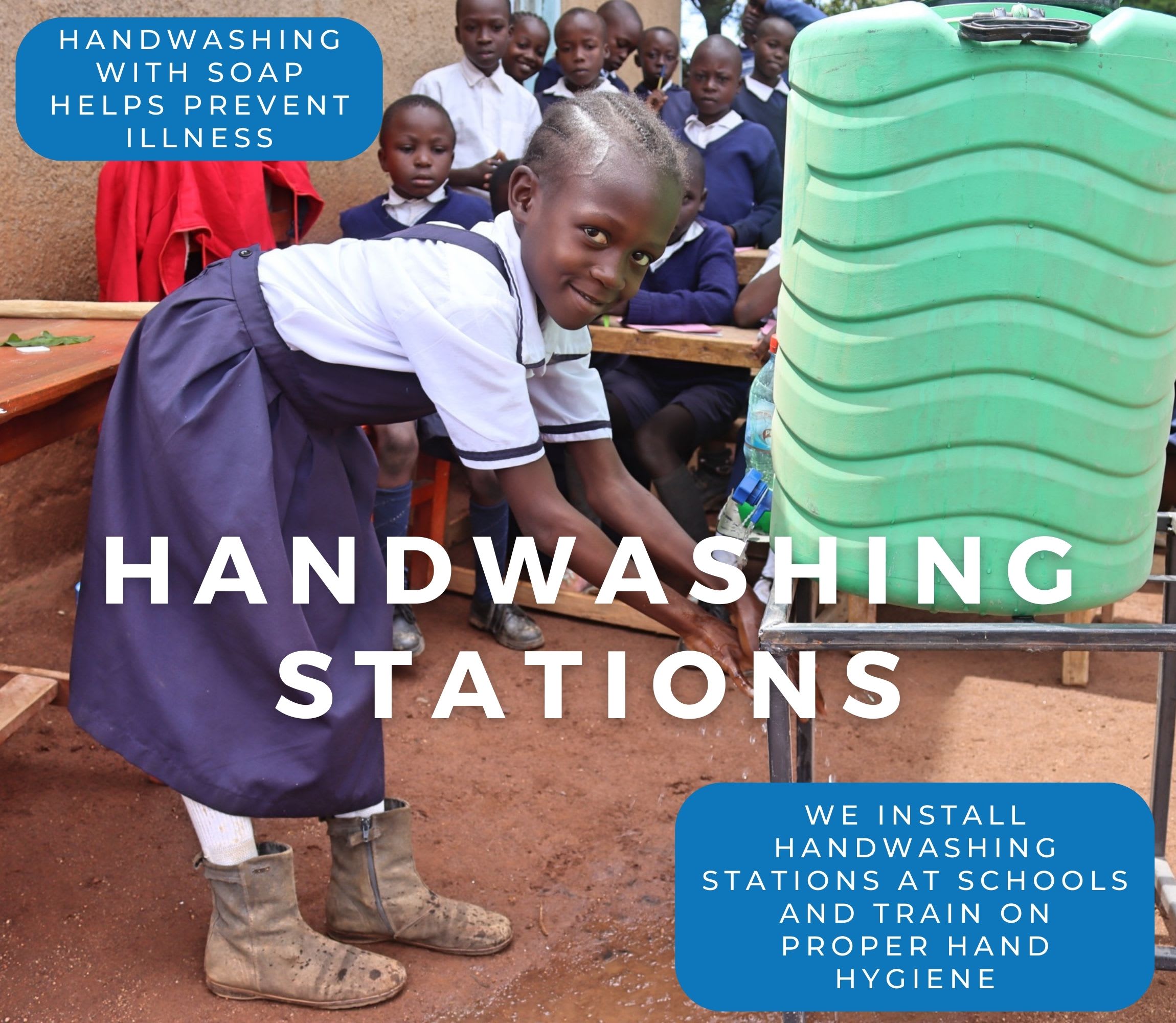The 479 students and staff of Musungu Primary School face a serious challenge: they don't have a safe and reliable source of clean water. The school currently relies a few different water sources but none of them offer water that is safe to consume, putting everyone at risk.
There is a dug well nearby, and although most students can reach it within 10 minutes, the water quality makes it unusable for drinking. The wide opening of the well also poses a serious danger to younger learners, who could fall in while attempting to pull up heavy containers, a laborious task.
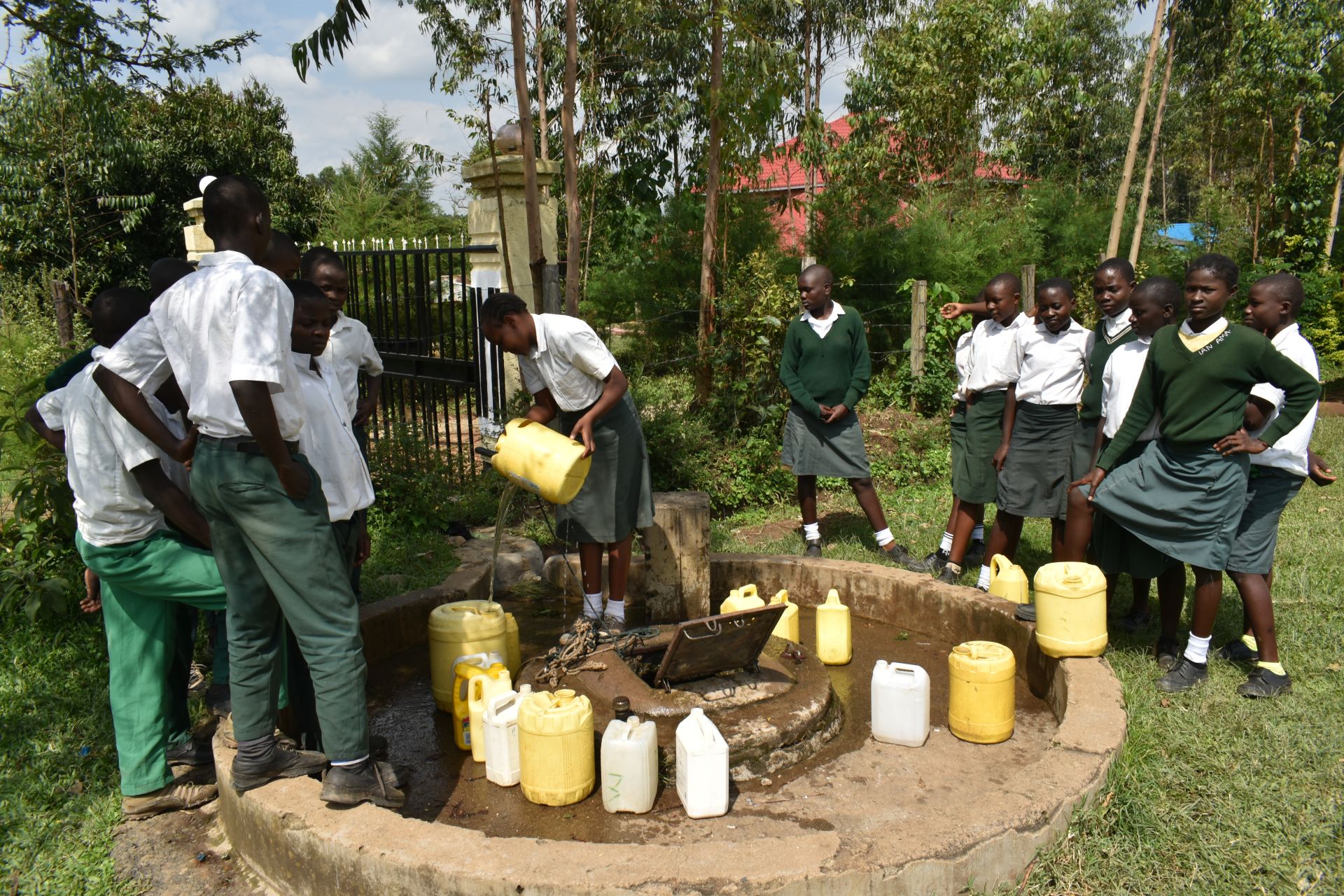
Students collect water from the overcrowded, contaminated dug well.
Their other source is a nearby river, which is even more unsafe. It is challenging to navigate the hazardous terrain to reach the river, exhausting children both physically and mentally. All to get to a river that is visibly contaminated.
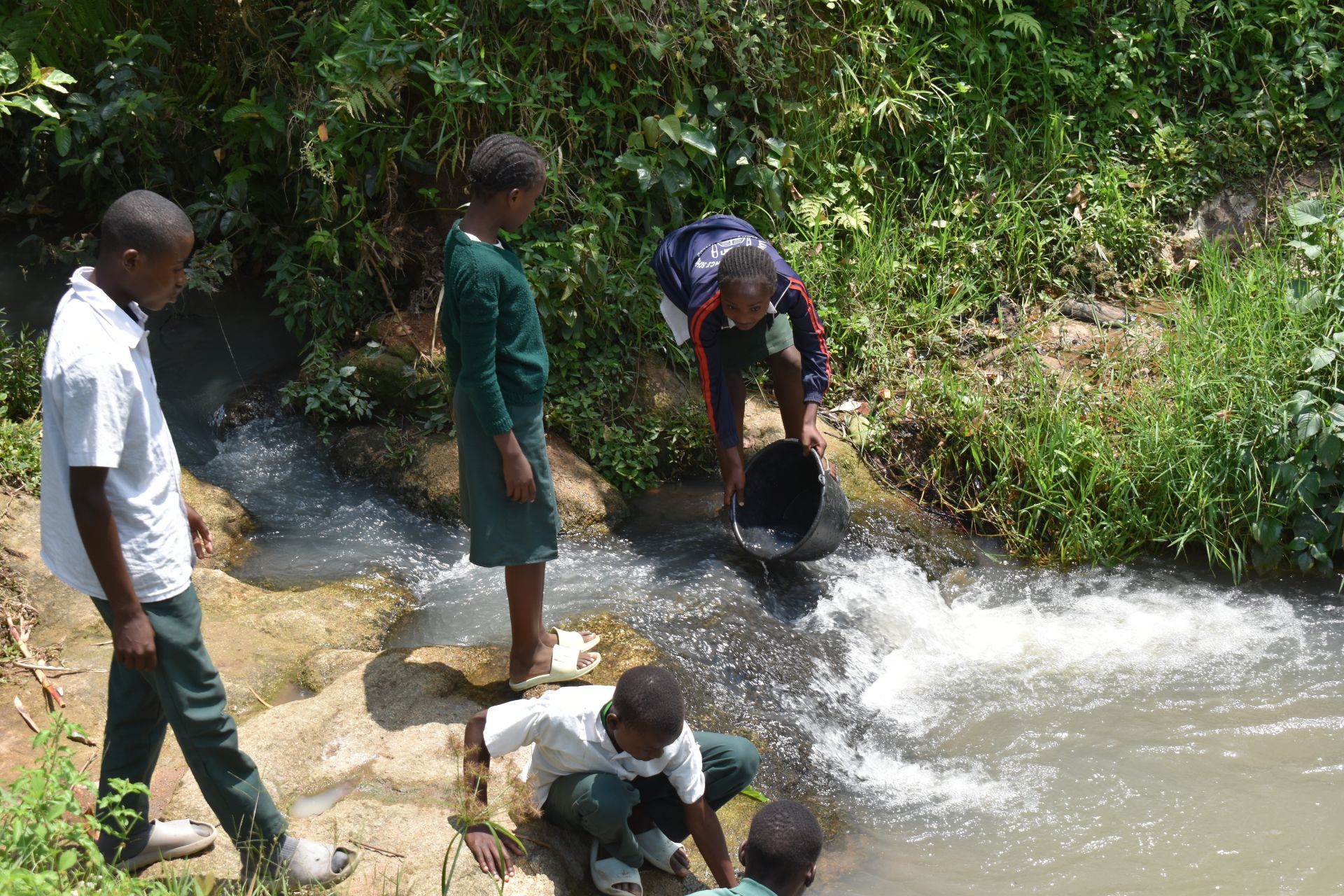
Students collect water from the river.
Either source provides water that is less than ideal, as it is not clear, and both students and teachers avoid drinking it. Instead, at times they try to bring water from home, but that requires just as much effort and is not always possible.
This unsafe water situation affects daily learning. Students often miss class to fetch water, and lessons are interrupted when water is needed for cooking or cleaning. The results of consuming the unsafe water also steal further learning time from students and staff alike.
Teacher Hassan Juma, 45, was recently transferred to the school. He was not prepared for the water challenges he would encounter.
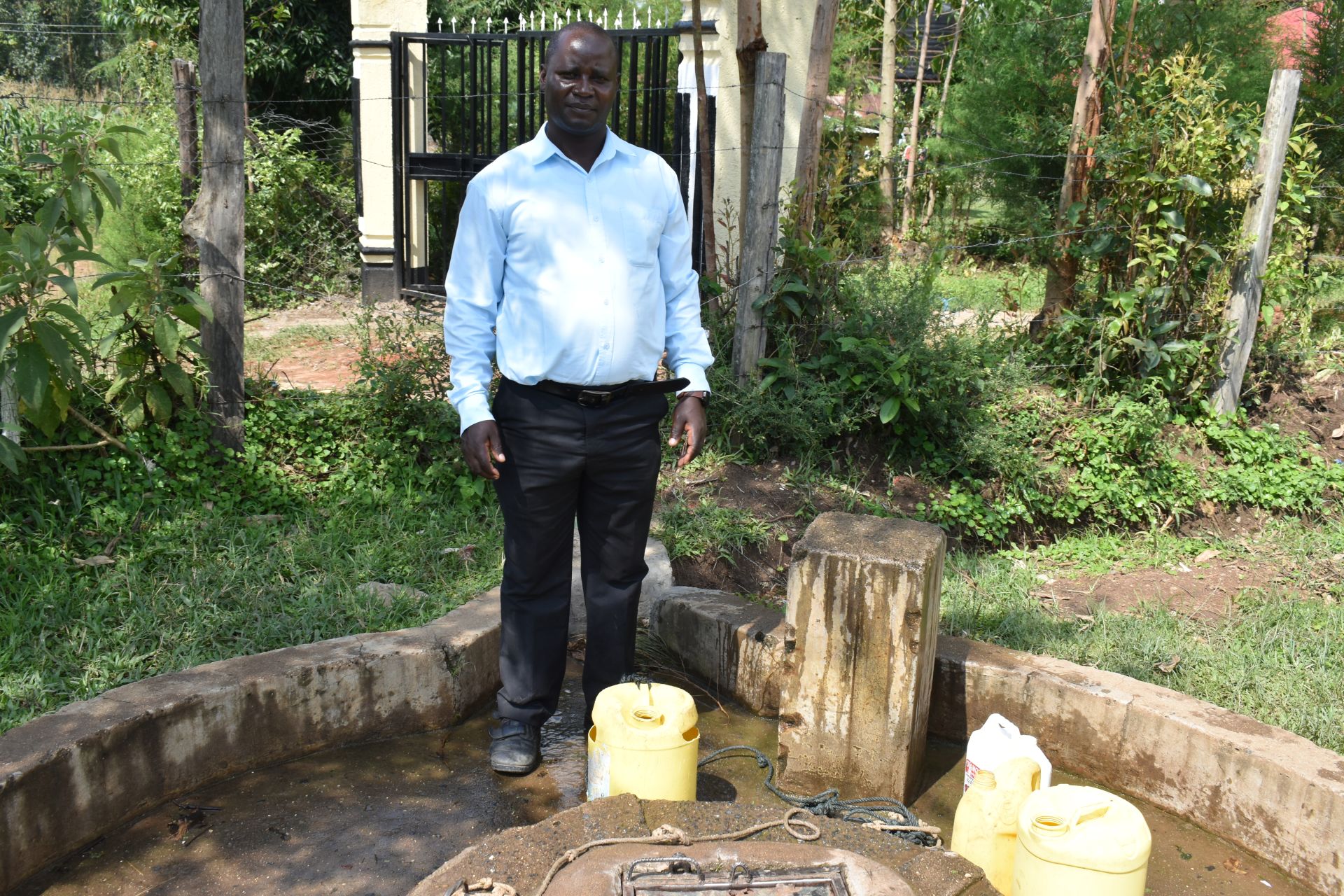
Mr. Juma.
"I have just been transferred to this school. I didn't know the effect of the available water. After consuming this water, I had a terrible stomachache that prompted me to visit the hospital. I was diagnosed with H. pylori, which the doctor said could have been caused by fecal particles in the water I consumed. That was the end of me taking water drawn from the hand-dug well," said Mr. Juma.
"When I fell sick, I missed duty, and the same happens to our pupils who, [with] no option, sometimes take water from the well. They miss lessons when they are home for treatment. It gives me a shiver to think about the kind of water I consumed and what my pupils could still be consuming. The pain that comes with water-related diseases is unbearable [for] grown-ups, how about [for] the little ones," he exclaimed.
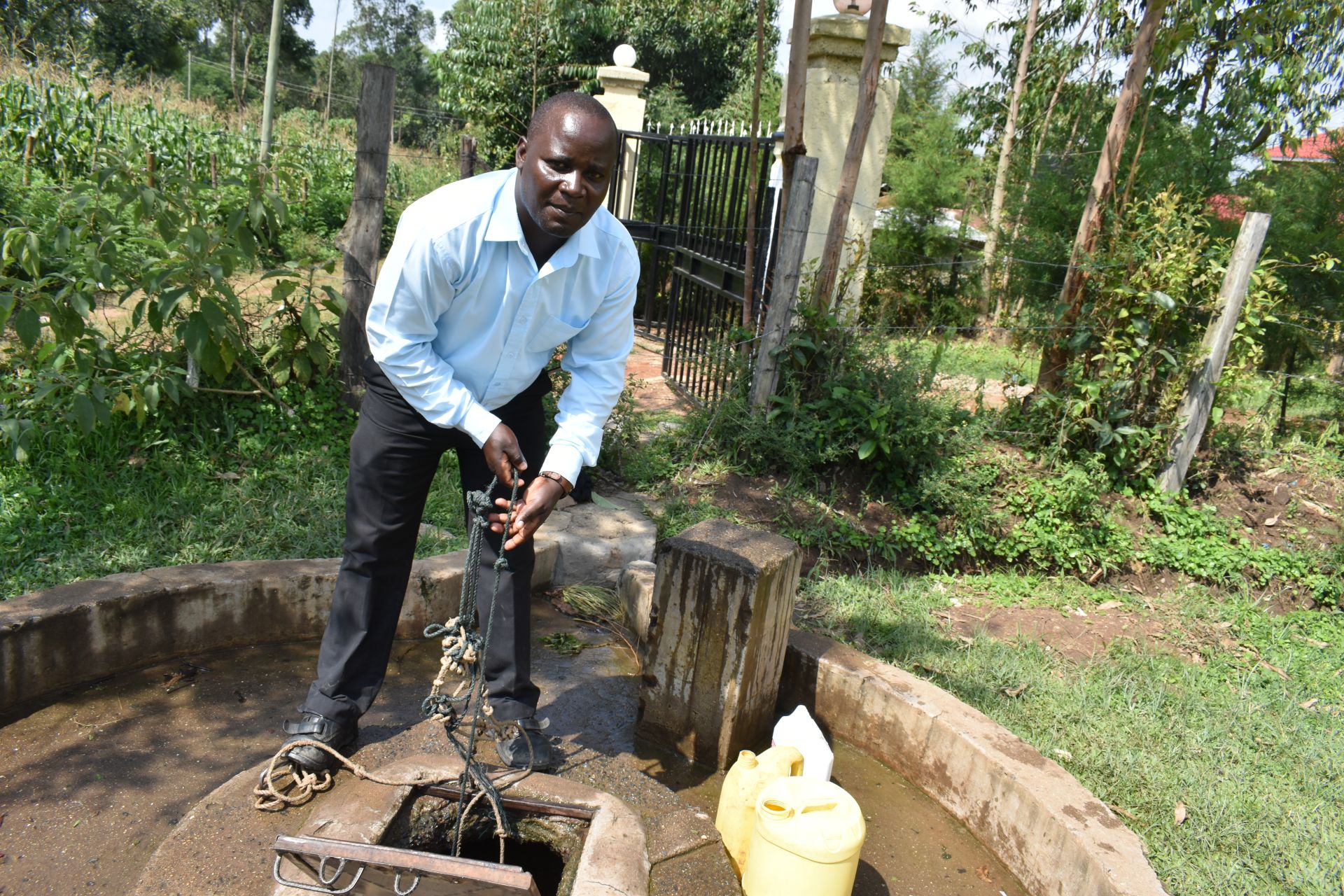
Mr. Juma collects water.
Without intervention, the students and staff will remain compromised regarding water. But we have a solution. The installation of a new well at Musungu Primary School would protect everyone's health, reduce time lost to water collection, and ease the burden. Clean water is essential for the safety, well-being, and success of both students and staff.
Mr. Juma looks forward to a day when water is no longer a concern that consumes his time and energy, and that of his students.
"If we are to have a waterpoint that can give us safe water for drinking and cooking, plus cleaning, our pupils would settle in class and their performance would improve because we as teachers would also get ample time to teach," he concluded.
Steps Toward a Solution
Schools without reliable, on-premises water access often rely on students to fetch and carry water, leading to rationing and uncertainty about water quality. The water is typically poured into a communal storage tank and used by the entire school. With children carrying water from all different sources, it is also impossible for teachers and staff to know exactly where the water comes from and how safe it is to drink.
A new water point will be located on-premises at the school to ensure accessibility, reliability, and safety for students, teachers, and staff while meeting our school coverage goals. Having water available at the school allows children to drink, wash hands, and use sanitation facilities without leaving school grounds, preventing disruptions to lessons and reducing safety risks. A dedicated source increases water availability, reduces reliance on stored water, minimizes rationing, and ensures confidence in the safety of the water. This means staff and students are healthier, and their lessons aren’t disrupted, contributing to a better education!
Our technical experts worked with the school leadership and local community to identify the most effective solution to their water crisis. They decided to drill a borehole well, construct a platform for the well, and attach a hand pump.
Well
Abundant water often lies just beneath our feet. Aquifers—natural underground rivers—flow through layers of sediment and rock, offering a constant supply of safe water. A borehole well is drilled deep into the earth to access this naturally filtered and protected water. We penetrate meters, sometimes even hundreds of meters, of soil, silt, rock, and more to reach the water underground. Once found, we construct a platform for the well and attach a hand pump. The community gains a safe, enclosed water source capable of providing approximately five gallons of water per minute. Learn more here!
Handwashing Stations
Alongside each water source, we install two gravity-fed handwashing stations, enabling everyone at the school to wash their hands. Handwashing is crucial for preventing water-related illnesses within the school and community. Student “health clubs” maintain the stations, fill them with water, and supply them with soap, which we often teach them how to make.
Latrines
We will construct two Ventilated Improved Pit (VIP) latrine blocks designed to prevent fecal disease transmission. Each latrine features a cement floor, making it easy to use and clean regularly. Three stalls will serve the girls, and three will serve the boys.
School Education & Ownership
Hygiene and sanitation training are integral to our water projects. Training is tailored to each school's specific needs and includes key topics such as proper water handling, improved hygiene practices, disease transmission prevention, and care of the new water point.
To ensure a lasting impact, we support forming a student health club composed of elected student representatives and a teacher. These clubs promote hygiene practices schoolwide and keep handwashing stations well-stocked. This student-led model encourages a sense of ownership and responsibility.
Safe water and improved hygiene habits foster a healthier future for everyone in the school and the surrounding community.
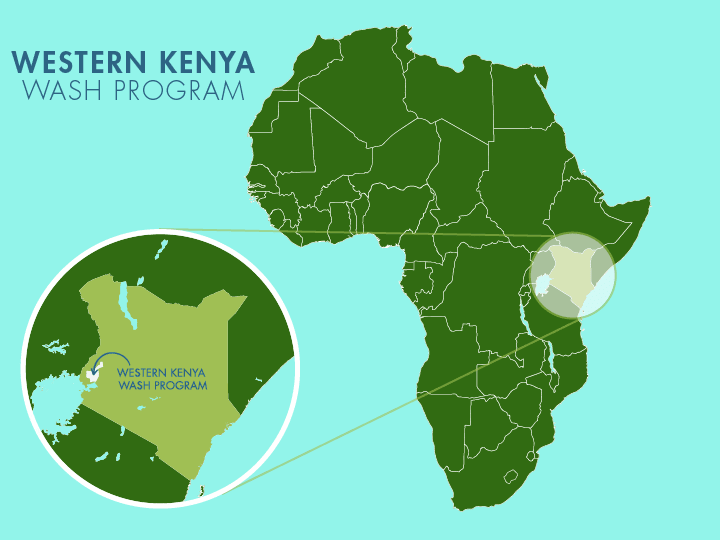
 Borehole Well and Hand Pump
Borehole Well and Hand Pump
 Rehabilitation Project
Rehabilitation Project





